The Coronavirus Aid, Relief, and Economic Security Act (CARES Act) was signed into law Friday by President Trump. The Act drastically expands loans available through the Small Business Act (SBA) in order to allow small businesses to pay regular expenses, with extensive loan forgiveness for certain essential business expenses, including payroll. The Act is intended to spare businesses and employees from the brunt of economic disruption caused by Coronavirus.
This article focuses on the general rules which are applicable to most small businesses. However, there are numerous special rules that expand eligibility and/or relief for seasonal employers, employers who pay additional wages to tipped employees, certain industries, self-employed individuals, independent contractors, and sole proprietorships.
Covered Loans for Small Businesses
The Act states that from February 15, 2020 through June 30, 2020, “any business concern . . . shall be eligible to receive a covered loan if the business concern” employs 500 or fewer employees. These “covered loans” are a new category of loan which expands the eligibility beyond those entities that previously qualified as “small business concerns” under the SBA. In addition to the purposes normally allowed under the SBA, the Act specifically allows that, during this timeframe, loan proceeds can be used for:
- payroll costs;
- costs related to sick, medical, and family leave, costs related to continuation of group health care during such leave, and insurance premiums;
- employee salaries, commissions or similar compensations;
- interest portions of mortgage payments;
- rent;
- utilities; and
- interest on any debt obligation incurred before February 15, 2020.
No Personal Guarantee or Collateral Required
These loans will be widely available with far fewer requirements to qualify compared to normal SBA loans. No personal guarantee or collateral will be required. The SBA will guarantee 100% of the amount of the loan, and repayment will be deferred for a period of at least six months and up to one year. Lenders are simply instructed to consider whether the borrower was operating on February 15, 2020 and had employees for whom they paid salaries and payroll taxes (or independent contractors reported on a 1099-MISC form).
However, the borrower must certify that “uncertainty of current economic conditions makes necessary the loan request to support . . . ongoing operations,” and that the funds will be used to “retain workers and maintain payroll or make mortgage payments, lease payments, and utility payments.”
Available Loan Amount
The Act permits a loan of 2.5 times a business’s average total monthly payments for payroll (excluding compensation for individual employees in excess of $100,000 on a prorated basis) over the one-year period before the loan is made, up to a maximum loan of $10 million. The idea is to loan up to two-and-a-half months’ worth of payroll, hopefully enough to last until this crisis passes.
Loan Forgiveness
Perhaps most significant, the Act offers loan forgiveness for payments made during the eight-weeks following origination of the loan for:
- payroll (capped for employees who make over $100,000 annually);
- mortgage interest payments;
- rent payments; and
- utility payments.
Moreover, the canceled indebtedness will be excluded from gross income for federal tax purposes, so the business won’t owe federal tax for the loan forgiveness.
Loan Forgiveness Requires Employee Retention
There are conditions to obtain the maximum loan forgiveness. The Act wants to ensure businesses keep their employees, and maintain most employees’ pay rates at or near the same levels. Therefore, the amount of loan forgiveness is proportionally reduced if the number of full-time employees during the eight weeks following loan origination is less than the business’s recent historical average. For example, if a business historically has had 10 full-time employees, but only has 7 full-time employees for the eight weeks following loan origination, then the amount of loan forgiveness is reduced by 30%. However, the Act allows the borrower to calculate its historical average based on either the period from February 15, 2019 through June 30, 2019, or the period from January 1, 2020 through February 29, 2020.
Loan forgiveness is also reduced if the business reduces the compensation of any employee by more than 25%, provided that the employee did not earn more than $100,000 in wages or salary on an annualized basis during any pay period in 2019. In order to maximize forgiveness on the loan, businesses are clearly incentivized to keep everyone employed – and to keep most employees at or near their regular pay – for at least eight weeks following loan origination.
Unsurprisingly, in order to obtain the forgiveness, the borrower will have to submit substantial listed documentation verifying relevant information, and any other documentation the Small Business Administration determines necessary.
There are many other aspects to the proposed CARES Act, as well as more complicated nuances related to the material discussed in this blog. Interested parties should seek professional advice and analysis tailored specifically to their situation.
Mac Murray & Shuster is a nationally recognized firm focused on consumer protection and privacy regulatory compliance and litigation. With a team led by former state regulators, we provide comprehensive counsel to businesses of all sizes in highly regulated industries, including financial services, healthcare, teleservices, automotive, insurance, and consumer marketing.



